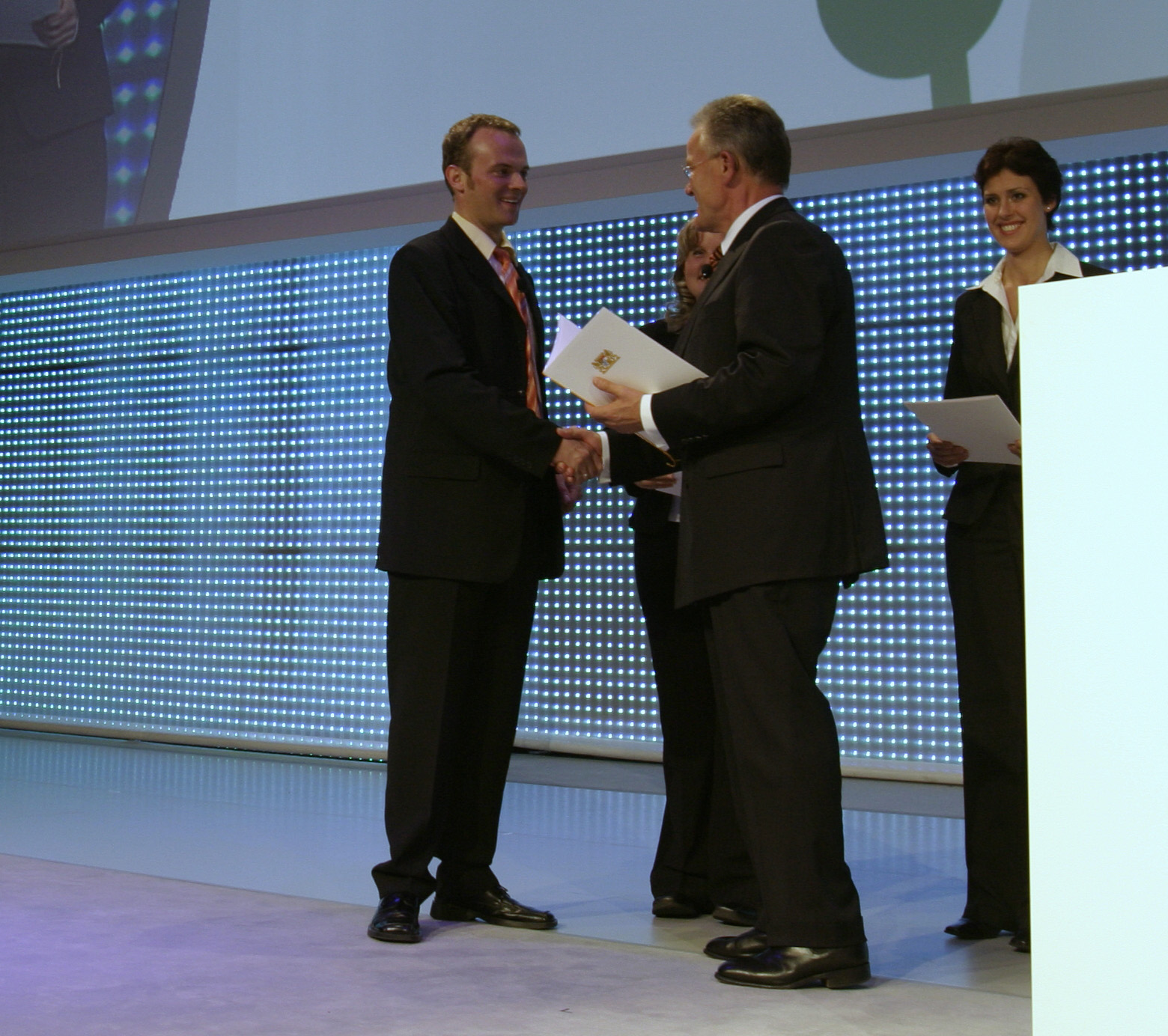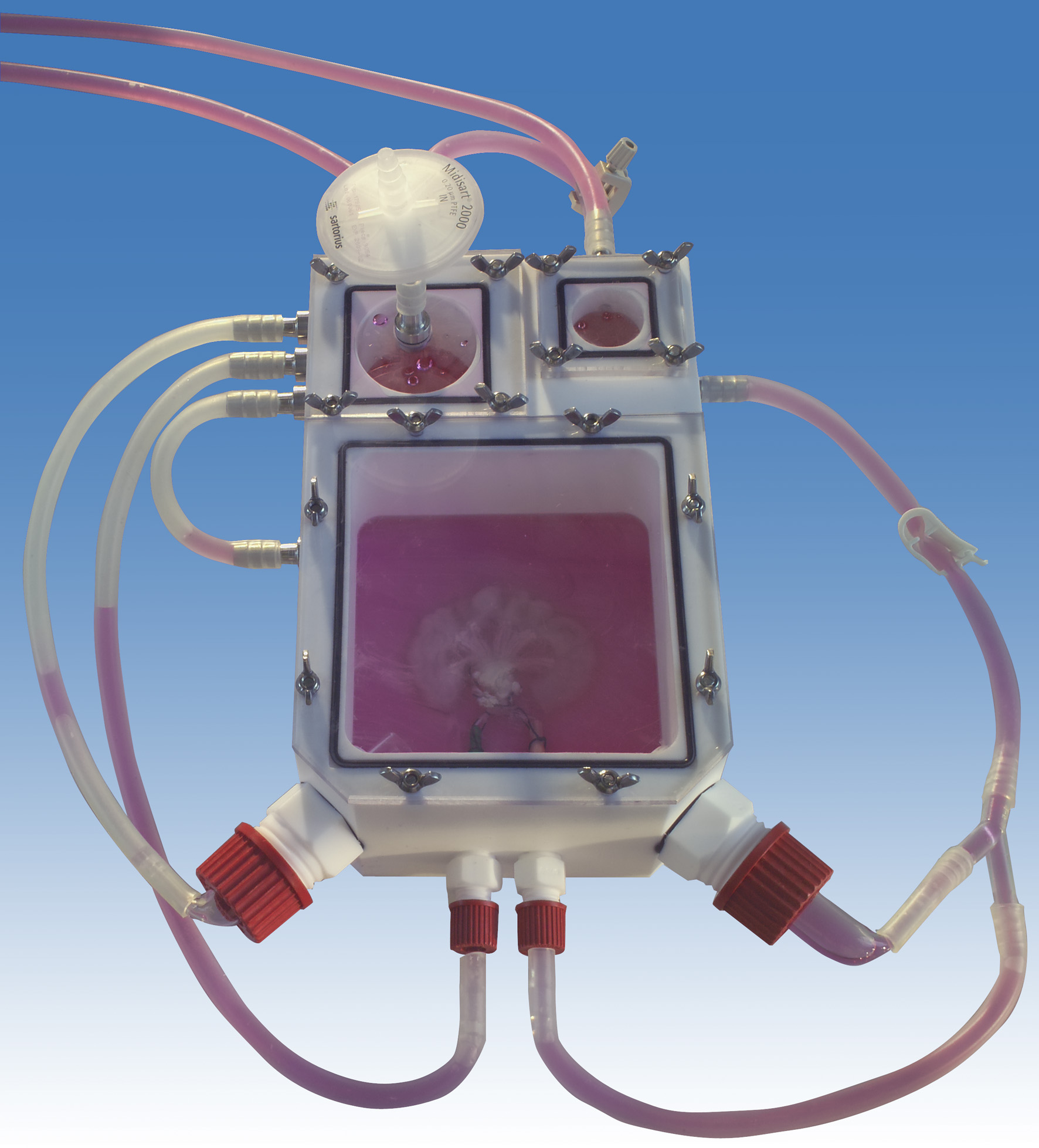Step by step to artificial organs – Hugo Geiger Prize 2006
Researchers at the Fraunhofer Institute for Interfacial Engineering and Biotechnology IGB are investigating the production of artificial tissue. In his thesis "Development of a bioreactor for use in vascularized tissue engineering", Jan Hansmann made significant progress towards the creation of complex-structured artificial organs.


When vital organs such as the kidneys or the liver become diseased, a transplant is often the patient’s only hope. Yet it can take years to find a suitable donor. For the patients themselves, life is subject to severe limitations during the long waiting period. Biologists have been trying to grow artificial tissue for over 20 years. Until now, tissue engineering has been capable of producing simply structured cartilage or skin for use as transplants. Researchers at the Fraunhofer Institute for Interfacial Engineering and Biotechnology IGB are investigating the production of artificial tissue. In his thesis ‘Development of a bioreactor for use in vascularized tissue engineering’, Jan Hansmann made significant progress towards the creation of complex-structured artificial organs. It won him the top Hugo Geiger Prize for Life Sciences. “Complex tissues containing blood vessels are created through controlled natural physiological stimuli with the aid of computer-controlled culture vessels known as bioreactors,” explains Hansmann.
 Fraunhofer Institute for Interfacial Engineering and Biotechnology IGB
Fraunhofer Institute for Interfacial Engineering and Biotechnology IGB